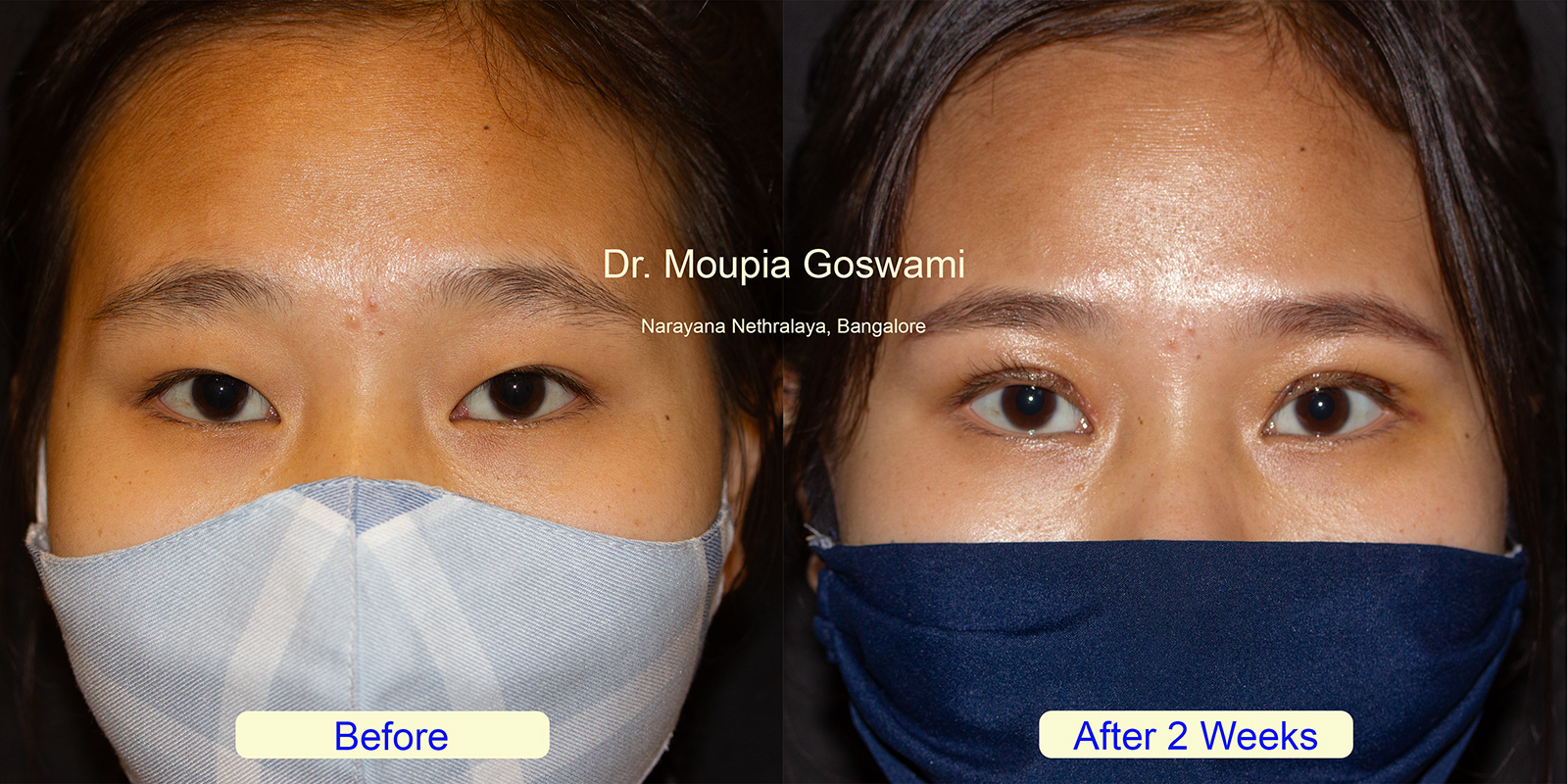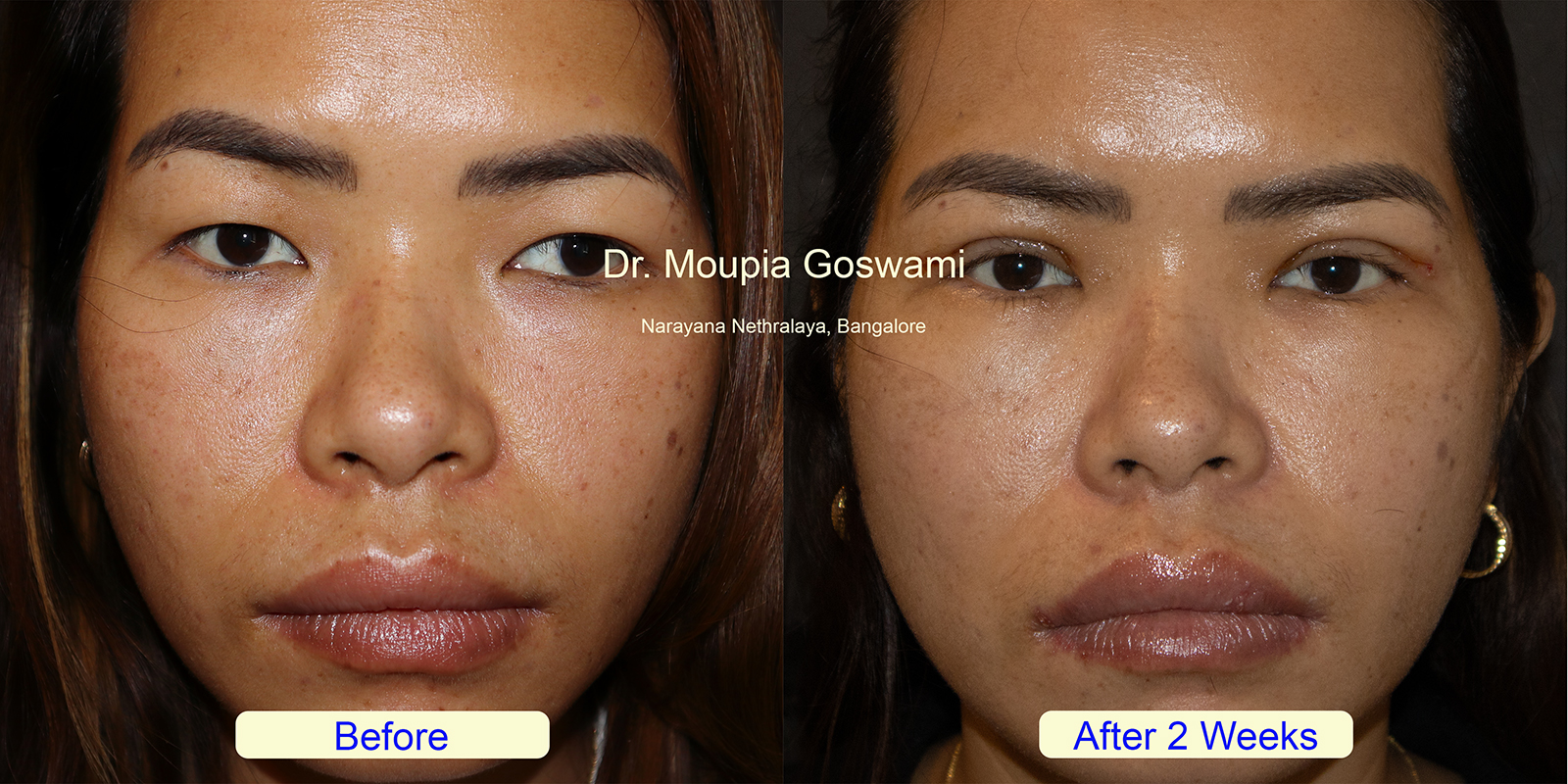Asian Blepharoplasty, also known as double eyelid surgery, is a specialized cosmetic procedure that enhances or creates a crease in the upper eyelid. It is particularly popular among individuals with monolids or minimally defined eyelid creases, offering a more pronounced and symmetrical contour. The surgery respects the unique beauty of Asian eyelids while addressing personal preferences for aesthetic enhancement or functional improvements.
This highly tailored procedure ensures results that harmonize with the individual’s natural features, delivering a refreshed and balanced appearance. Asian Blepharoplasty is widely regarded for its ability to subtly enhance the eyes while preserving their distinctive character. For additional details on techniques, candidacy, recovery, and more, please explore the sections provided on this page.

